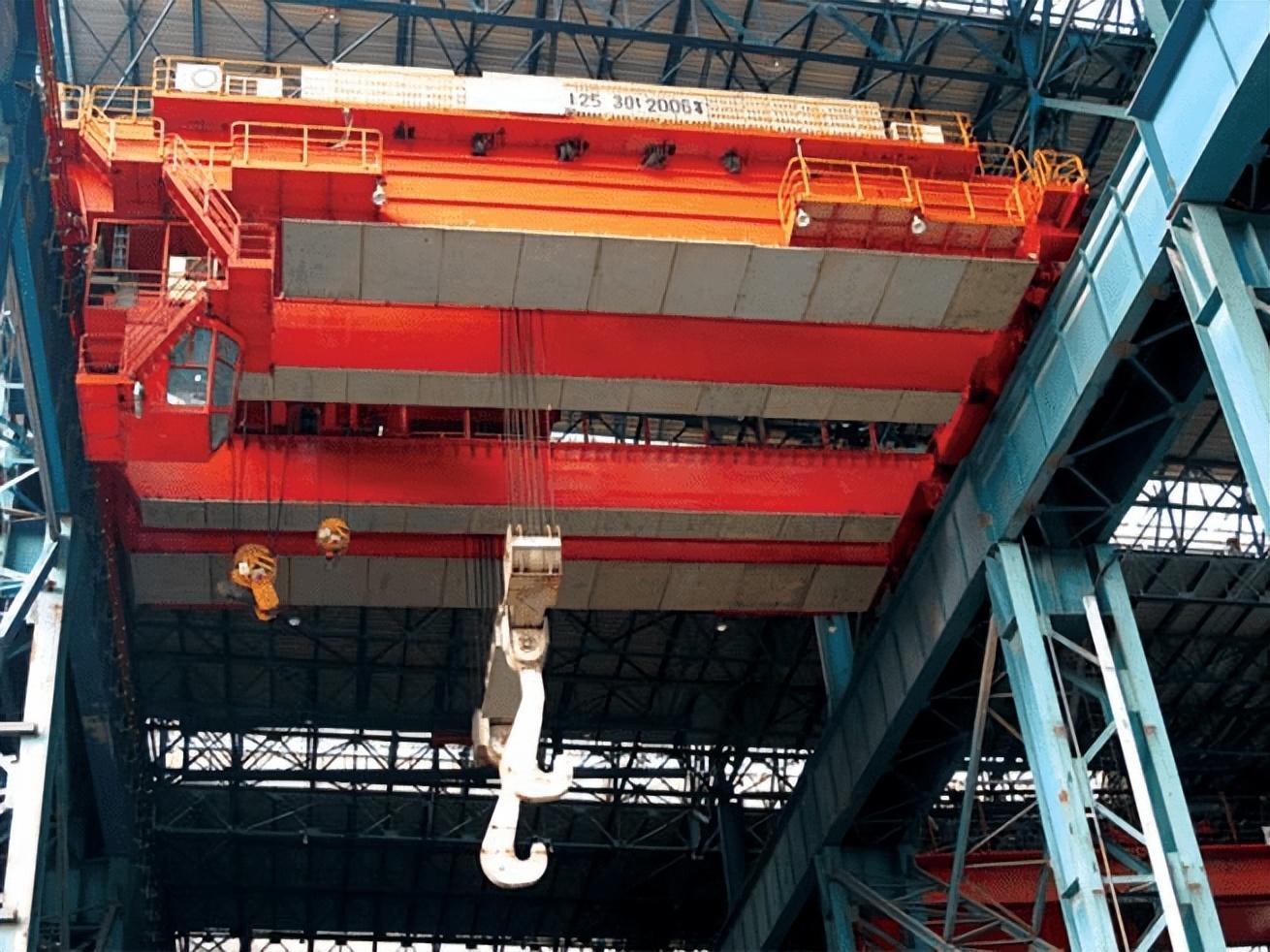Tieshan lifting: the elimination method of mechanical failure and hidden danger of metallurgical bridge crane
Release time:
2024-03-13
In the metallurgical industry, bridge crane is a common mechanical equipment
In the metallurgical industry, bridge crane is a common mechanical equipment, it works frequently, the load rate is high, the speed is fast, so in the actual use process should pay more attention to its safety and stability. Tieshan crane summarizes the common faults and their causes and solutions of metallurgical bridge cranes in the metallurgical industry, hoping to promote the safe production of the metallurgical industry.

▲ Metallurgical bridge crane
Anti-rope groove is worn and pulley fails.
In the process of operation, when the external force exceeds the excessive stress strength of the crane wire rope, the wire rope will break; the operation of workers in loading and unloading materials is too rough will also lead to fracture; the wear of the rope groove will cause the wire rope to run the groove, which will cause the pulley failure.
In order to avoid such problems, the staff should always check the wear condition of the wheel groove. If it is serious, the wire rope should be replaced or the wheel groove should be repaired in time. Check whether the wire rope is short of oil to avoid the wire rope from hardening and out of the groove; Phosphating or galvanizing treatment is carried out on the surface of the wire rope.
Rail gnawing by crane
During the installation process, the design requirements of the cart wheels and the track do not match and errors occur, resulting in gaps or insufficient local space between the two; the uneven friction of the parts in the cart transmission system causes wear, which will cause the connection of the parts Large gaps, causing inconsistent braking, will cause rail gnawing.
In order to avoid this problem, conical tread wheels can be used to promote the smooth operation of the wheels. Graphite is used to lubricate the track and wheel edges in daily life. Driving separately can reduce transmission errors and make the crane run smoothly. Be careful not to brake too fast or too fast to avoid wheel slippage when starting. Clean up debris, oil accumulation, water accumulation, etc. on the track surface in time.
Brake failure, brake failure
The existence of oil stains on the surface of the brake wheel will reduce the friction and power distance between the brake wheel and the brake belt, resulting in failure; serious wear of the brake lining and exposed rivets will also bring great harm, which will damage the brake The surface of the wheel produces strain and reduces the braking torque; the use of irregular methods to adjust the spring will also reduce the braking torque; more cracks caused by the aging of the material and not replaced in time will cause the tension to drop sharply.
In order to solve this kind of problem, the staff should do a good job in the daily maintenance of brake parts, check and adjust the gap between the brake pad and the brake wheel in strict accordance with the requirements; Ensure that the brake shoe is in the minimum distance, the smaller the working stroke of the electric hydraulic pusher, the better; Adjust the compression length of the main spring to make the brake work under the small braking force distance as much as possible.
The above is the common mechanical faults of metallurgical bridge cranes summarized by Tieshan crane and their causes and solutions. I hope everyone can reduce potential safety hazards with the help of these knowledge, safe production, and complete the project smoothly and on schedule.
Previous Page
Previous Page:
recommend News
CONTACT INFORMATION
Address: 1-13, West Half, Floor 7, Building 4, No.31, Beisanhuan Middle Road, Haidian District, Beijing
Contact Phone: +86-10-62388326
E-mail:vt101@btecn.com
OFFICIAL ACCOUNTS

